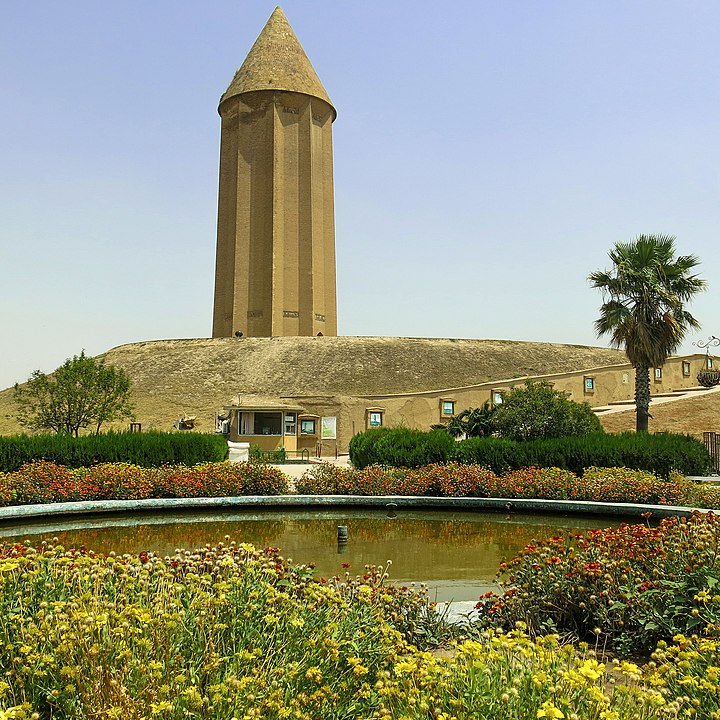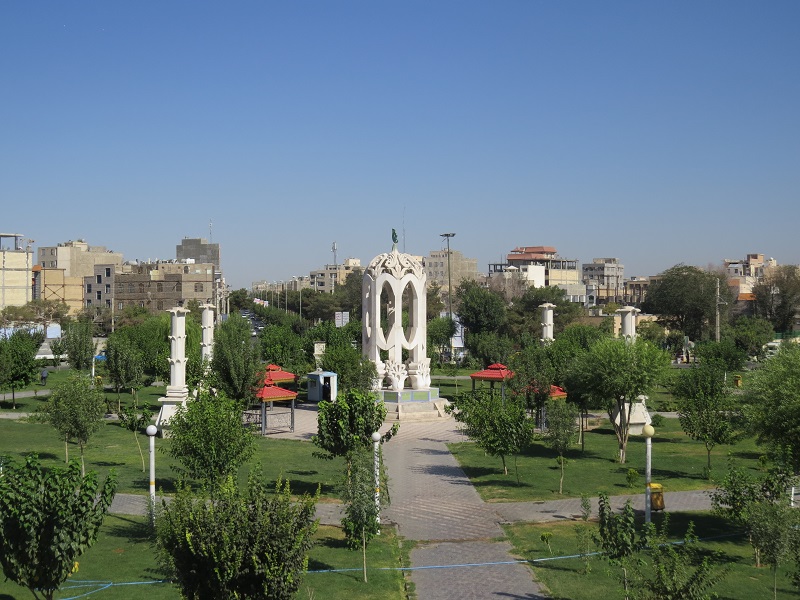The province of Golestan is in the southeast of the Caspian Sea with an area of 20,380.7 square km. The center of Golestan province is Gorgan.
Golestān enjoys mild and a temperate climate most of the year. Geographically, it is divided into two sections: The plains, and the mountains of Alborz range. In the eastem Alborz section, the direction of mountains faces northeast and gradually decreases in height. The highest point of the province is Shavar, with a height of 3,945 meters. Golestan province is divided into two sections, being the plain and mountainous parts, in the direction of Alborz Mountains, surrounding the shore and Caspian plain like an elevated wall. The ground slope reduces from the heights to the plains towards the Caspian Sea. In the southern and eastern plains of the Caspian Sea, influenced by the movements of earth and local winds, sandy hills have formed and a natural shallow dam has been created between the plain and the sea. In the eastern Alborz, the direction of mountains is towards the northeast and gradually reduces in height. Its southern mountains are Abar-Kouh Mountains and its highest summit being Shavar. The northern range is Shah-Kouh which confronts the plain of Gorgān like a wall. Its highest peak being Pirgard, reaching a height of 3,204 m.

The historical background of this land dates 1 back to 7,000 years ago and the Kiaram Cave, located in the village of Galikesh (Farang) it dates back to the Paleolithic period. Recent research has shown that the Gorgān region has been home to pre-Aryan civilization since 6,000 years ago; the earliest works of the Neoli period have been found from the Kamarband and Hoto cave ne the acquaintance of the knitting, domesticatio goats and the polish Torang-Tappeh Hill, near Gorgan, have also shown that the area has large irrigation, as much as the burned city in Sistan. The name of this land has been alternately written in the Achaemenid script, including the statue of Dariush in BiSotoun as Varganeh, in Pahlavi scripts as Gurkan.The Varg word in the language of Tabari means the wolf.

The history of human settlements in the territory of Gorgan dates to a millennium BC. The evidences of the ancient city of Jorjan are near the current city of Gorgan. This was one of the important cities of Iran, located on the Silk Road. The Gorgan of today was known as Astar- Abad, One of the Baluch, Turks, Afqans and Armenians also reside in this area, and have preserved their traditions and rituals.
The Turkmens reside in the north of the province, a plain called Turkmen Sahra. From the 15th century, these formerly nomadic people have lived in this area, the main cities of which are Gonbad-e Kavus and Bandar Torkaman. Turkmens are Muslim and follow the Hanafi school of Sunni interpretation. They are a sizable minority at cities such as Gorgān, Ali Abad, Kalaleh and many of eastern townships. Turkmens are totally Sunni in their makeup.
Reference: Cultural Heritage, Handicrafts & Tourism Organization of Iran, Iran Travel guide. Iran: 2018

